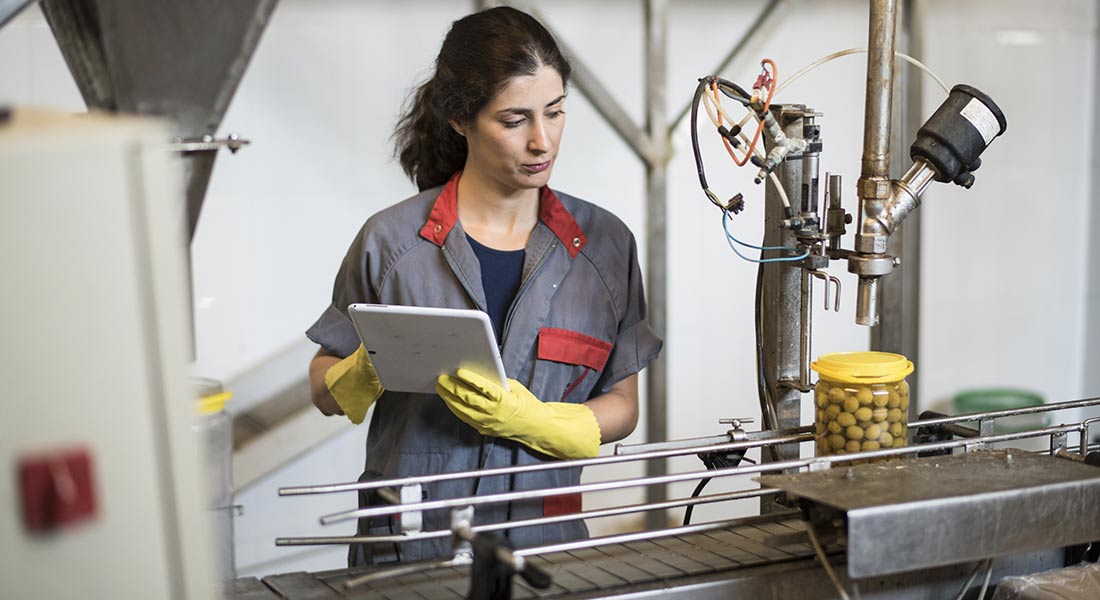Estimated reading time: 4 minutes
In today’s fast-paced middle-market business environment, access to the latest equipment, machinery, and technology is essential to staying competitive. It helps companies keep pace with industry developments and meet customers’ demands. Acquiring equipment and other fixed assets requires a significant capital investment. This is why many mid-market CEOs and financial controllers across various industries opt to finance commercial equipment.
The size of the United States equipment financing industry is close to $1 trillion, and new business volume by the middle-ticket segment is 45%.1 This Balboa Capital blog article provides a complete overview of commercial equipment financing. We explain how commercial financing works and why it is essential for middle-market business growth.
What is commercial equipment financing?
Commercial equipment financing is a solution that allows middle-market companies to acquire assets without having to pay the total cost upfront. Instead, companies receive funding to finance equipment and repay what they borrow over a set time frame. Spreading the cost over time helps companies maintain liquidity while obtaining the necessary equipment to grow and compete.
Let us use a manufacturing business as an example. Rather than making a large cash outlay to obtain two pieces of expensive machinery, the business’s owner financed it with funding from a business lender. The owner opted for a four-year repayment term and will make monthly payments that align with the company’s budget and cash flow.
Capital preservation and swift turnaround times.
As mentioned earlier in this Balboa Capital blog article, financing commercial equipment helps to conserve working capital and avoid the significant upfront costs of a one-time purchase. This is particularly beneficial for middle-market companies that must invest substantially in new or upgraded equipment. By not making a large upfront payment, middle-market companies can allocate funds more strategically across other business areas, such as marketing, staffing, or inventory expansion.
Next, commercial equipment financing enables mid-market firms to procure assets quickly. This is a tremendous advantage for companies in need of upgrading or replacing outdated or malfunctioning equipment. The entire process is fast, from applying for financing to obtaining funding. Balboa Capital, for example, can fund commercial financing deals of up to $500,000 for hard collateral on the same day that applications are submitted.
Potential tax advantages.
Middle-market companies that finance eligible equipment, vehicles, and technology might be able to deduct their monthly finance payments as business operating expenses. This could reduce their taxable income at the end of the year. The Section 179 tax deduction works with many types of business equipment purchased or financed and put into business use on or before December 31, 2025.
The 2025 Section 179 deduction limit on qualifying purchases is $1,250,000, and the phase-out threshold is $3,130,000.2 Every mid-market company’s financial situation is unique. Therefore, business owners and financial controllers should consult with a tax professional or business accountant to learn about their potential tax deductions.
Protects against equipment obsolescence.
Over time, the equipment, vehicles, and machinery used by middle-market companies can become outdated. When this occurs, production and overall operational efficiency can be affected. Companies that finance equipment can safeguard their operations against the financial burden of obsolete equipment.
Next, certain types of equipment may not be entirely obsolete, but they still hinder a company’s operations in some capacity. For example, a commercial printing company that wants to offer prints on aluminum might have an excellent printing machine that can only print on fine art paper and canvas. Consequently, the printing company will need to finance a printer capable of printing on aluminum.
Selecting the right lender.
Choosing a lender that offers funding to finance equipment is an important decision for every middle-market business owner or financial controller. In addition to competitive rates and flexible repayment term options, owners and controllers should seek a lender with extensive experience in middle-market lending. Lenders with industry-specific knowledge can provide a strategic approach to equipment financing, one that supports the company’s short-term and long-term financial and growth goals.
Balboa Capital, a division of Ameris Bank, is one such lender that offers this level of expertise. We have structured and delivered commercial equipment financing solutions to middle-market companies in myriad industries nationwide. We welcome the opportunity to work with you, so contact us today.
Section 179 limits and information on the Balboa Capital website are for illustrative purposes only; the Section 179 limits and information provided are subject to change by the IRS. Please visit the IRS website or consult a qualified tax professional for confirmation of the current Section 179 limits and information related to your situation.
Balboa Capital is not affiliated with nor endorses ELFA Online or PaulHood. Balboa Capital is not affiliated with nor endorses ELFA Online or the Internal Revenue Service (IRS). The opinions voiced in this material are for general information only and are not intended to provide specific advice or recommendations for any individual.
